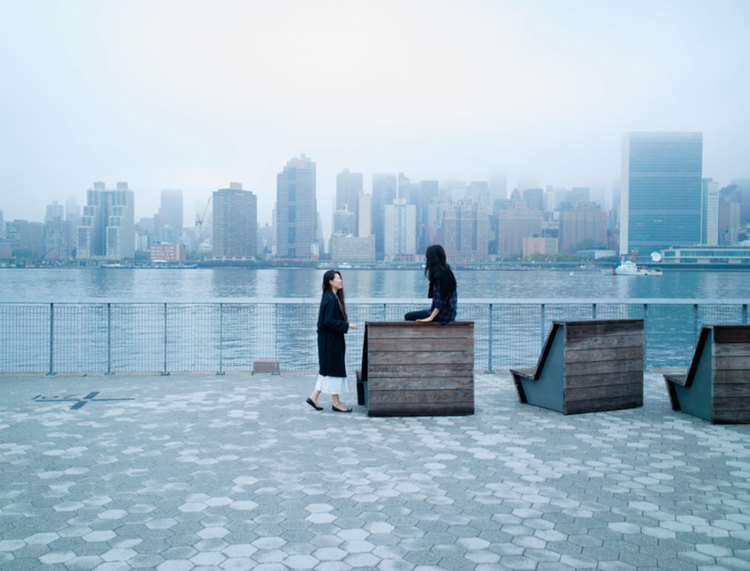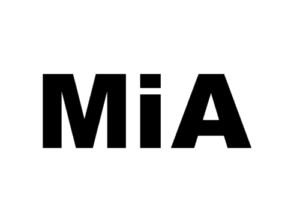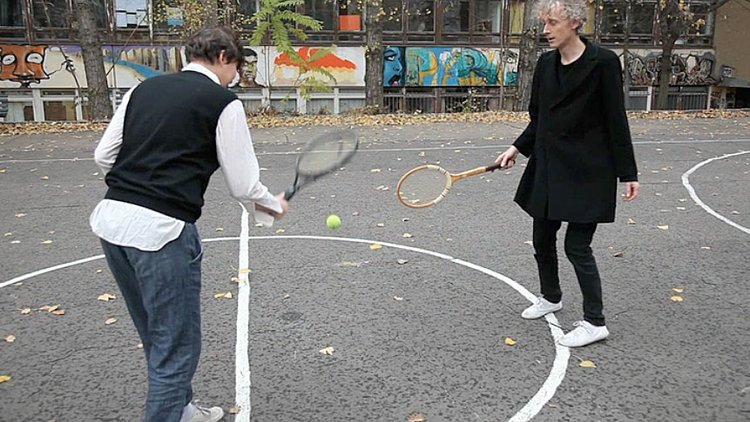
TEN YEARS OF ‘MAKING IT ACTIVE’

Founded in 2014, this year marks the 10th anniversary of MiA Collective Art. Since its inception, the collective has collaborated with over sixty artists, engaging in various experimental forms of collaboration. MiA, short for ‘Make it Active,’ encompasses the core value of the collective – empowering the creative voices of our time through artistic collaborations. Naturally, the definitions of ‘collective’ and ‘collaboration’ have been the collective’s central focus, question, and value. What is a collective? What does it mean to form a collective? How does a collective perform? What is a collaboration? And how do collaborations work?
The early period of the collective has centered around the notion of “discovery”— discovering its identity, foundations, and community. One of the pivotal moments of this journey was May We Share Our Minds?, a site-specific collaborative exhibition, featuring artist Simona Prives and composer Shuan Chang, curated by Grace Noh. In this project, all participants worked toward a common goal and contributed to creating something new together. Since then, MiA Collective Art has further explored a path from The COVID-19 Diaries, the first online exhibition series, to SMART-59, an experimental project set in an imagined future context, and People’s Park, where the artists’ identities remained anonymous until the project was completed.
MiA Collective Art is not just a collective. It is a place and places, a person and persons, a mind and minds, a struggle and struggles, and anywhere and everywhere, embodying the artist’s essence. The collective has championed and continues to champion under-recognized, emerging artists through new forms of collaboration, igniting the collaborative force and making their work accessible to the public.
Regards,
Grace Noh & Yichen Zhou, Co-Founders
In celebration of its 10th anniversary,
MiA Collective Art
has reconnected with ten artists who have previously collaborated with the collective to reflect on the theme of ‘collaboration.’
How would an artist characterize a ‘collaboration’?
What constitutes a successful collaboration?
In what ways does ‘time’ shape an artist’s work?
